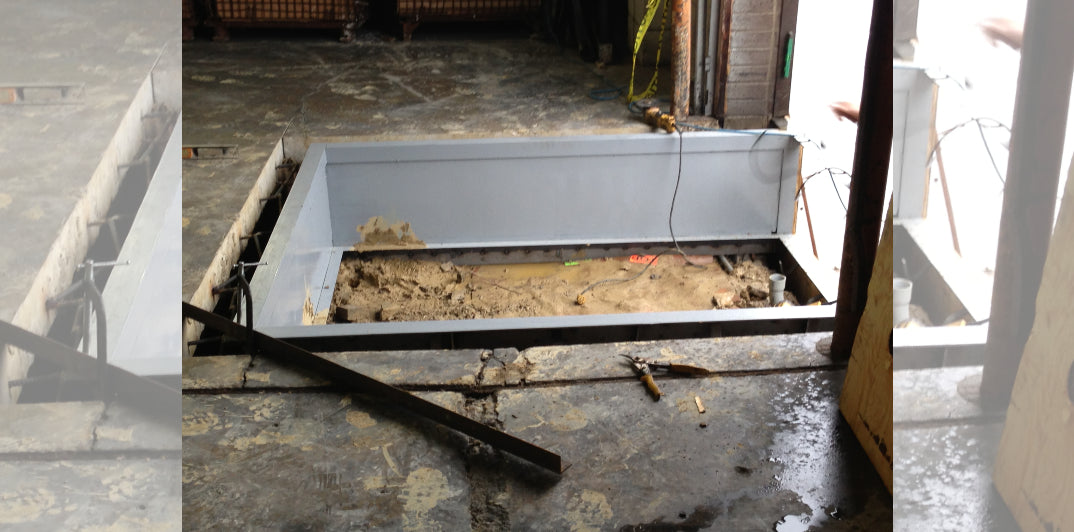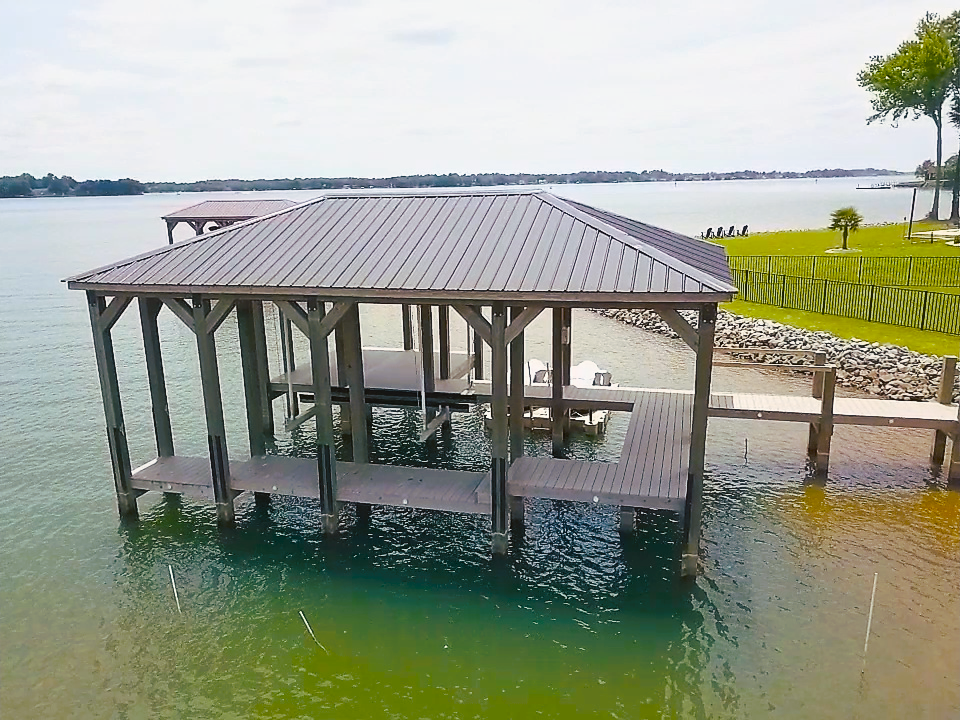Why Regular Upkeep Can Lower Future Dock Repairs
Why Regular Upkeep Can Lower Future Dock Repairs
Blog Article
Effective Dock Repair Work Techniques: Making Certain Structural Integrity
Guaranteeing the structural honesty of docks via effective fixing techniques is extremely important for the durability and security of marine centers. This includes a multi-faceted strategy starting with thorough examinations using sophisticated modern technologies like sonar tools and remotely ran cars (ROVs) to discover both noticeable and hid damages. Consequently, choosing the appropriate fixing materials, such as corrosion-resistant alloys and composite materials, is crucial for toughness. Structural support methods, consisting of the execution of cross-bracing systems and load-distribution plates, play a crucial role in mitigating tension points. The significance of these strategies comes to be evident when discovering sophisticated repair techniques and preventative maintenance methods.
Evaluating Dock Damage
Evaluating dock damages is an essential very first step in guaranteeing the architectural stability and safety of any docking facility. This initial evaluation entails a thorough examination to determine both noticeable and covert damages. Secret elements to examine include the dock's structure, pilings, outdoor decking, and equipment. Each element needs to be scrutinized for signs of wear, rot, deterioration, or various other types of deterioration that might jeopardize the structural stability.
Architectural designers or certified examiners normally execute these evaluations making use of specialized methods and devices. As an example, underwater assessments could employ sonar tools or remotely operated cars (ROVs) to find immersed damage. Above water, visual assessments are matched by utilizing moisture meters and other analysis devices to uncover underlying problems not quickly noticeable to the naked eye.

Deciding On Repair Service Products
Choosing the ideal repair service products is a crucial action in the dock restoration procedure, one that straight affects the longevity and performance of the repaired framework. Material option must be driven by aspects such as ecological conditions, load-bearing demands, and compatibility with existing dock parts.
Along with wood, composite products are progressively popular as a result of their sturdiness and low upkeep demands. Composites, generally made from a blend of plastic and wood fibers, offer superb resistance to rot, pests, and UV damage. For metal anchors, selecting corrosion-resistant alloys such as galvanized steel or marine-grade aluminum is important to avoid rust and make sure architectural integrity in saline water problems.
Epoxy materials and marine-grade sealants are important for fixing fractures and sealing joints, giving a water-proof obstacle and boosting the dock's overall toughness. By meticulously selecting top notch materials, dock repair work can achieve long-lasting outcomes, consequently guarding versus future deterioration and making sure secure, trusted use.
Structural Support Methods
Efficient architectural reinforcement strategies are important in ensuring the security and longevity of dock fixings. This method is especially reliable for docks revealed to hefty tons or extreme environmental conditions.
An additional necessary strategy is the application of fiber-reinforced polymers (FRP) These materials offer high strength-to-weight proportions and exceptional resistance to deterioration, making them excellent for enhancing wood or concrete docks. FRP can be used in strips or sheets and bonded with epoxy materials to boost structural stability.
Supporting and anchoring systems also play an important function in structural reinforcement. Cross-bracing, utilizing metal or wood light beams, can counteract side pressures, reducing swaying and movement. Securing systems, such as helical piers or driven heaps, offer a secure foundation by transferring loads to much deeper, extra steady dirt layers.
Finally, the assimilation of load-distribution plates can aid distribute weight much more equally across the dock's surface area, reducing local stress and anxiety factors. These strategies collectively ensure that anchors stay robust and secure, capable of withstanding the rigors of their operational atmosphere.
Advanced Repair Techniques

One more advanced technique includes undersea welding, which enables fixings to be conducted without the requirement to dewater the area. This approach is specifically beneficial for attending to structural concerns in immersed dock elements, making certain very little disturbance to procedures. Boosted welding methods, combined with robotic systems, supply accuracy and integrity, therefore expanding the lifespan of the dock.
In addition, cathodic protection systems are carried out to avoid rust in metallic dock frameworks. By utilizing sacrificial anodes or satisfied present systems, these techniques successfully minimize the electrochemical processes that lead to product damage.
Finally, progressed tracking modern technologies, such as architectural health and wellness tracking (SHM) systems, offer real-time data on the problem of dock frameworks. These systems enable aggressive upkeep and timely interventions, eventually guaranteeing the long-lasting architectural stability of Homepage the dock.
Upkeep and Prevention
Maintenance and avoidance are basic concepts that underpin the longevity and safety and security of dock structures. Normal examinations are vital, enabling early discovery of damage, potential weaknesses, and environmental influences. An aggressive technique, involving routine look for corrosion, rot, and structural shifts, minimizes find more expensive repair work and extends the dock's functional life.
Safety nets must consist of applying protective finishes to metal parts to defend against corrosion and using treated timber to resist degeneration. Furthermore, making certain appropriate drainage and air flow can avoid water accumulation, which is a common reason of architectural degradation. Incorporating high quality materials and sticking to manufacturer standards during building and construction and repair stages likewise play critical functions in boosting sturdiness.

Training workers in dock maintenance ideal practices makes certain consistent application of safety nets. Leveraging technical advances, such as drones for assessments and sensors for real-time monitoring, can further improve upkeep efforts. By focusing on upkeep and avoidance, dock owners can make sure structural integrity, operational security, and cost-effective management over the dock's life expectancy.
Verdict
In conclusion, maintaining the structural stability of aquatic centers necessitates extensive dock fixing methods. Advanced repair work methods, paired with normal upkeep methods, make certain the dock remains functional and secure under varied ecological conditions.
Ensuring the architectural stability of anchors with effective repair techniques is vital for the long life and safety of marine centers.Picking the appropriate repair products is an essential action in the dock restoration procedure, one that directly influences the longevity and performance of the repaired structure.Effective structural reinforcement methods are important in guaranteeing the stability and durability of dock repair work. By prioritizing maintenance and avoidance, dock proprietors can ensure architectural honesty, functional safety and security, and economical administration over Recommended Site the dock's life-span.
In verdict, preserving the architectural integrity of marine facilities requires detailed dock repair work techniques.
Report this page